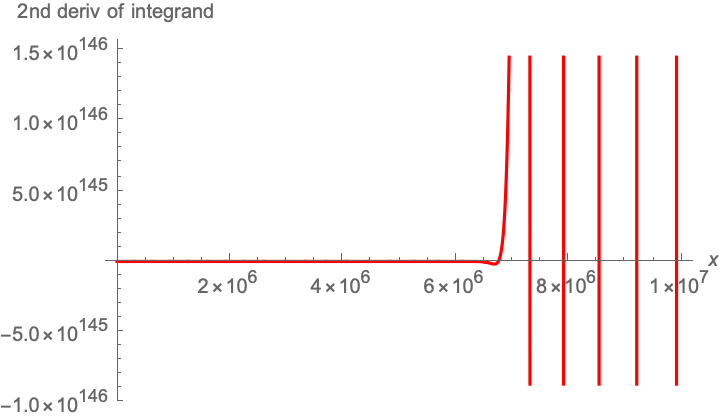Prove
.
We can start as follows, by transforming it into a generalized hypergeometric function:
, since, from the series expansion of the generalized hypergeometric function,
, where
is the Pochhammer symbol
.
Now the integrand function does not appear to be convergent numerically, except for where it becomes the Gaussian integral, and the case of
where it becomes a Bessel function. For
and
, the integrand takes values of
(serious). Beyond that the computer starts to produce smoke. Yet it eventually converges as there is a closed form solution. It is like saying that it works in theory but not in practice!

For, it turns out, under the restriction that , we can use the following result:
Allora, we can substitute , and with
, given that
,
.
So either the integrand eventually converges, or I am doing something wrong, or both. Perhaps neither.